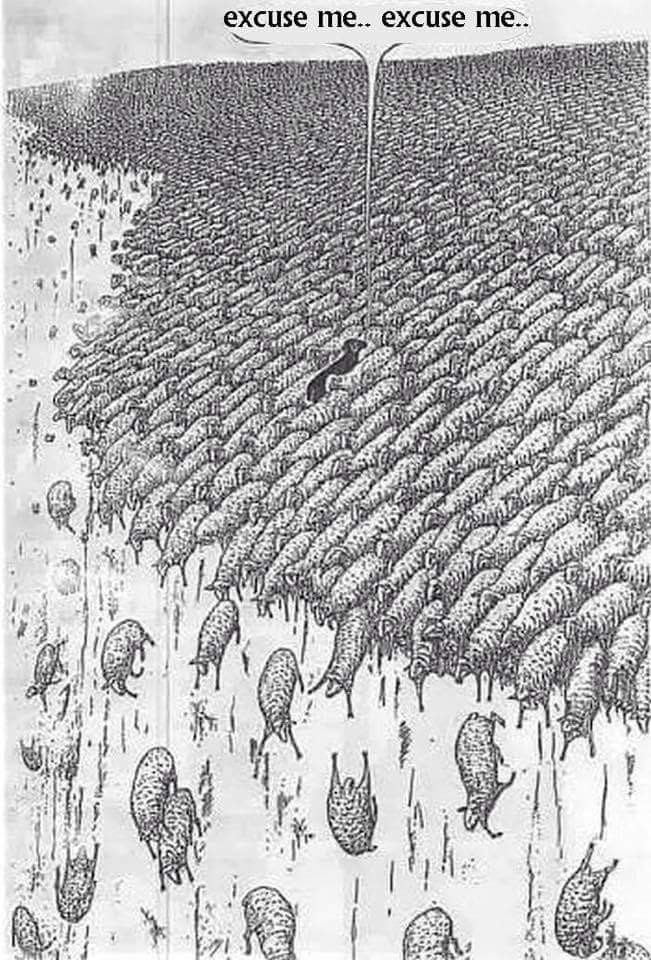The Neurology of Curiosity & What Makes Us Curious
“How does it feel when you are searching for the possible answer.” – Matthias Gruber
Curiosity: NeuroChemical Learning Overdrive
Probably the most exciting frontier of psychological research today is the field of neurobiology. With an exponentially rapidly evolving panoply of new tools with which to observe the brain in action and analyze its chemistry and network circuitry, we’re making extraordinary discoveries that have great ramifications beyond the field of neurology.

Your brain on curiosity
How does it feel when we are curious? There’s an urge, an excitement, a stimulation; curiosity is energizing! And what’s happening in our brain when we are feeling this way? Curiosity activates the mid-brain and the nucleus acumens which are part of the dopaminergic circuit (1), the brain’s ‘wanting system’. These are the areas of the brain involved when we anticipate rewards like money or food or sex. Essentially curiosity behaves in the brain like a hunger, recruiting the same brain areas whose function is to maintain motivation and drive towards a reward – in this case a cognitive reward (2). As astropohysicist Mario Livio puts it bluntly, “Satisfying our curiosity is like having good sex.”(3)
The activation of curiosity also activates another potent combination in the brain, that of the hippocampus and its communication with the mid-brain. The hippocampus is the area of the brain associated with memory and particularly with forming new memories. When this area of the brain is activated in relationship to the part of the brain associated with motivation you have a very simple and massively important result: learning. “Curiosity energizes us via the brain’s wanting system so that we go out seeking new information and curiosity helps us to make our memories stick.”(4) The obvious import of this? If you want learning to happen, find a way to make folks curious about what you want them to learn.
Curiosity’s Learning Vortex

Outliers & Anomalies
Memory researcher Hans Gruber discovered that curiosity not only dramatically increases the retention of information that a subject is curious about, it also significantly increases the retention of ‘incidental information’ that ‘happened to be present’ while a subject is curious. People who are experiencing a surge in curiosity don’t just remember more about the topics they’re curious about, they remember more about everything happening while they’re in a curiosity surge.
If optimal learning is achieved when curiosity is activated, the obvious question is, “How do we activate curiosity?” Astrophysicist Mario Livio, in his TED talk on ‘The Case for Curiosity’, says that there are two things that activate curiosity: surprise, and what he calls ‘confounded evidence’. When we are surprised we have an expectation, and this expectation is foiled by something else happening. Curiosity naturally surges to comprehend, and fill, the void between the expected and the unexpected: ‘surprise’ is a temporary cognitive void. Extreme outliers, anomalies and non-conformity – anything that breaks an expectation or pattern – are also a form of surprise and activate curiosity.
‘Confounded evidence’ occurs where there are a multitude of possible answers to a problem, or multiple possible futures to a situation. The instigation of uncertainty arouses curiosity (5) and, as research psychologist Susan Engel writes, curiosity “can be understood as the human need to resolve uncertainty.”(6)
Curiosity and the Knowledge Gap
There are two extremes in which people have very little curiosity: people are not curious about something they already know everything about; and people are not curious about something they know nothing about. Curiosity is most active where there is a knowledge gap. The greatest masters of optimising the potency of that knowledge gap are storytellers and game developers. The power of suspense is its leverage over curiosity; we just gots to know! And the power of gaming is the drive to know what’s on the ‘next level’; we just gots to level up! And, let us not forget, perhaps the grand masters of seducing curiosity… BuzzFeed… “Evil or not, Buzzfeed headlines work because they evoke an overwhelming sense of curiosity.”(7) writes digital marketer Ahmad Munawar.
The neurology of curiosity – tied so deeply to dopamine, the brain’s motivation and reward chemical – demonstrates how ancient, intrinsic and important it is to human evolution. It also demonstrates its current significance in how we can face, and excel in, our current immediate challenges, obstacles and disruptions.
__________
(1) Dopamine has traditionally been associated with ‘pleasure’, and with ‘pleasure seeking’, but it is now being more directly associated with a basic ‘drive’ or ‘motivation’ which includes wanting and desiring, but also seeking and searching.
(2) Hank Pellisier writes in his article ‘Cracking the Code on Curiosity’, “Research suggests that dopamine should now be more associated with our need to discover things, of wanting to know more, than making us feel pleasure. It keeps us motivated. Dopamine drives our goal-directed behavior. It causes us to want, desire, seek out, and search. It may have kept cavemen alive.” http://www.greatschools.org/gk/articles/cracking-the-code-on-curiosity/
(3) ‘The Case for Curiosity’, Mario Livio. TedXMidAtlantic.
(4) ‘This is Your Brain On Curiosity’, Matthias Gruber, TEDXUC Davis Salon
(5) Curiosity researcher Daniel Berlyne characterized it as “an optimum amount of novelty, surprisingness, complexity, change, or variety.”
(6) Susan Engel in ‘Cracking the Code on Curiosity’
(7) ‘The Buzzfeed Guide to Sending Irresistible Email’, Ahmad Munawar



